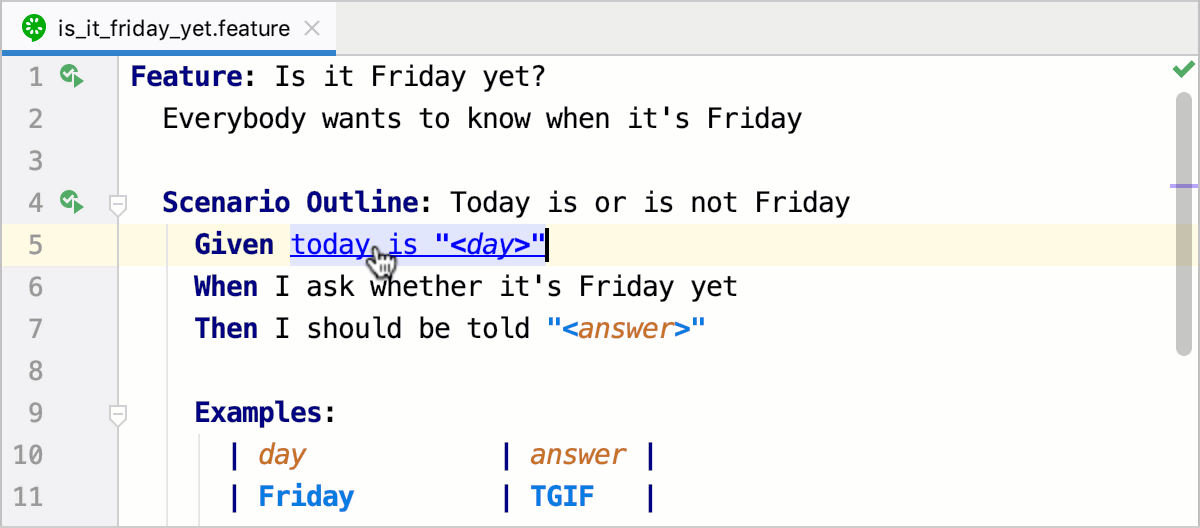


Even if you are not testing applications that are like the ones showcased in this book, the knowledge of how to write sound robust tests will transfer to whatever you have to test. This book is full of hands-on programming exercises and I strongly suggest you do them all. My goal is to help you see and understand the benefits of ATDD and learn how to use Cucumber and Ruby to adopt (and help us refine!) this amazing practice. I will also cover the proper way to structure and write your test automation code so that it is less brittle, simpler, better organized, more expressive, and therefore easier to change over the lifecycle of your application. I will cover many patterns, practices, tools, and (Yes) Ruby gems that make testing applications (particularly but not limited to Web applications) easier including a few of my own. This book is my attempt to share as much of my experience using Cucumber and Ruby as possible. To my surprise, others started using some of the gems I created and began asking a lot of questions about their usage. I also found that some of the things I personally wanted to simplify were not supported by any existing Ruby gem, so like the crazed developer I am, I set out to build my own. For Web applications, I also used the most popular Ruby tool for page traversal and verification, WATIR.Īs I started working with teams to implement this practice, I discovered that the ATDD community was writing more and more new Ruby gems to empower and simplify this kind of testing. After trying several of the available tools I settled on Cucumber. A few years ago I set out to master Acceptance Test Driven Development (ATDD, also variously known as Behavior Driven Development or Storytesting).


 0 kommentar(er)
0 kommentar(er)
